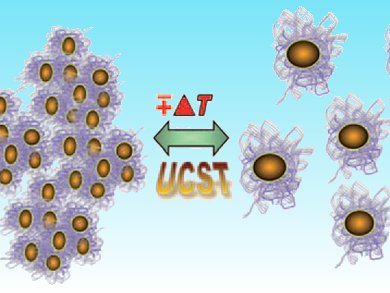Stimuli-responsive materials are finding uses in many fields of science, including biology and medicine. Until now, they have been prepared from a limited number of synthetic polymers, biopolymers, and biomimetic polymers. Roy Choudhury and co-workers, University of South Australia, have used resilin (a protein found in many insects) as a basis for an intelligent biomaterial that responds to multiple stimuli.
Rec1-resilin was made from the Drosophila melanogaster CG15920 gene by using recombinant DNA technology. Its photophysical properties are pH dependant with an increase in pH resulting in a red-shift in the peak absorbance of the fluorescence emission spectra. Rec1-resilin also undergoes sol-gel transitions at 15 and 70 °C.
This is the first example of a protein that has both an upper and a lower critical solution temperature. Resilin-based materials are expected to be of use in medicine and rec1-resilin’s ability to act as an intelligent biomaterial could see it used as a separating agent or reporter molecule.
- A Genetically Engineered Protein Responsive to Multiple Stimuli
N. K. Dutta, M. Y. Truong, S. Mayavan, N. R. Choudhury, C. M. Elvin, M. Kim, R. Knott, K. M. Nairn, A. J. Hill,
Angew. Chem. Int. Ed. 2011.
DOI: 10.1002/anie.201007920


